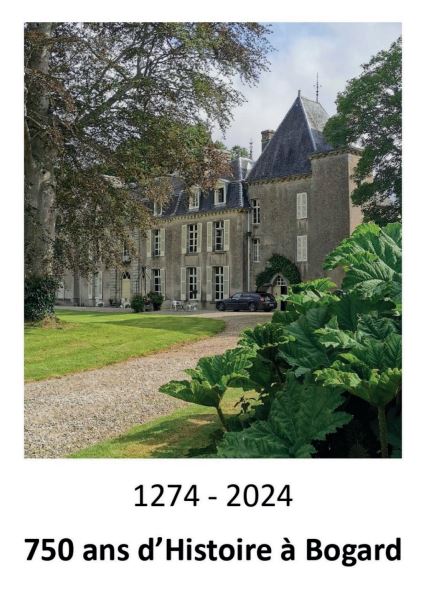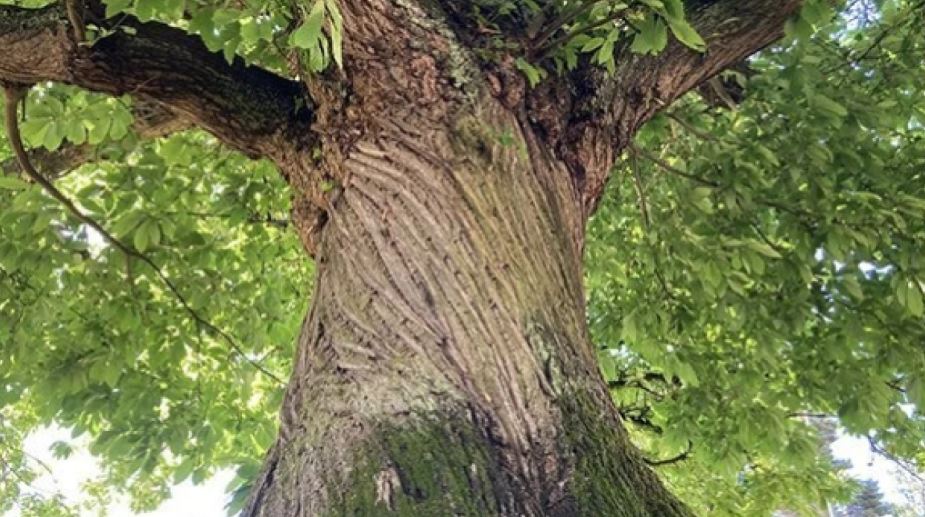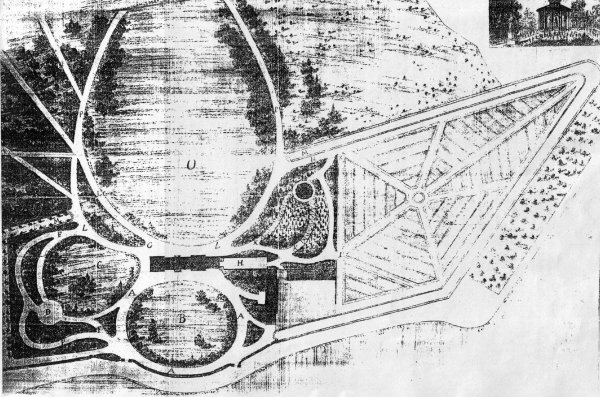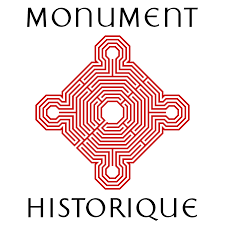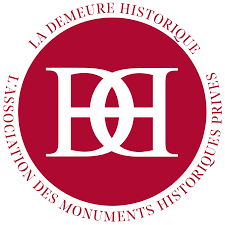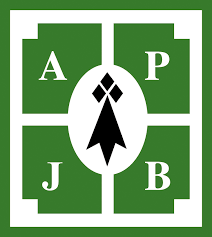
History
Bogard’s story begins in 1274…
Mentioned in a charter of 1274, Bogard (or Bogar) takes its name from “bogue” (chestnut) and “ardere” (to burn). Bogard is a juveignerie of the barony of Yffiniac, i.e. a fief created for a cadet whose descendants bear the name.
The Bogard family produced officers, lawyers and ecclesiastics. Jean de Bogar was one of 60 Bretons who paid tribute to Louis XI. The last, Jean, was seneschal of Moncontour. His grandfather built the south pavilion in the early 16th century. He bequeathed his estate to his niece, wife of Mathurin Le Metayer, Seigneur de La Rivière (from whom General La Fayette’s mother descended as a collateral branch).
Anne Le Metayer married Henri de Le Noüe, grand-nephew of the famous “La Noüe – Bras de Fer”, also known as the Bayard Huguenot, companion-in-arms of Henri IV, who died in a battle between Protestants and Catholics at Moncontour in 1591.
Bogard’s story begins in 1274…
Mentioned in a charter of 1274, Bogard (or Bogar) takes its name from “bogue” (chestnut) and “ardere” (to burn). Bogard is a juveignerie of the barony of Yffiniac, i.e. a fief created for a cadet whose descendants bear the name.
The Bogard family produced officers, lawyers and ecclesiastics. Jean de Bogar was one of 60 Bretons who paid tribute to Louis XI. The last, Jean, was seneschal of Moncontour. His grandfather built the south pavilion in the early 16th century. He bequeathed his estate to his niece, wife of Mathurin Le Metayer, Seigneur de La Rivière (from whom General La Fayette’s mother descended as a collateral branch).
Anne Le Metayer married Henri de Le Noüe, grand-nephew of the famous “La Noüe – Bras de Fer”, also known as the Bayard Huguenot, companion-in-arms of Henri IV, who died in a battle between Protestants and Catholics at Moncontour in 1591.
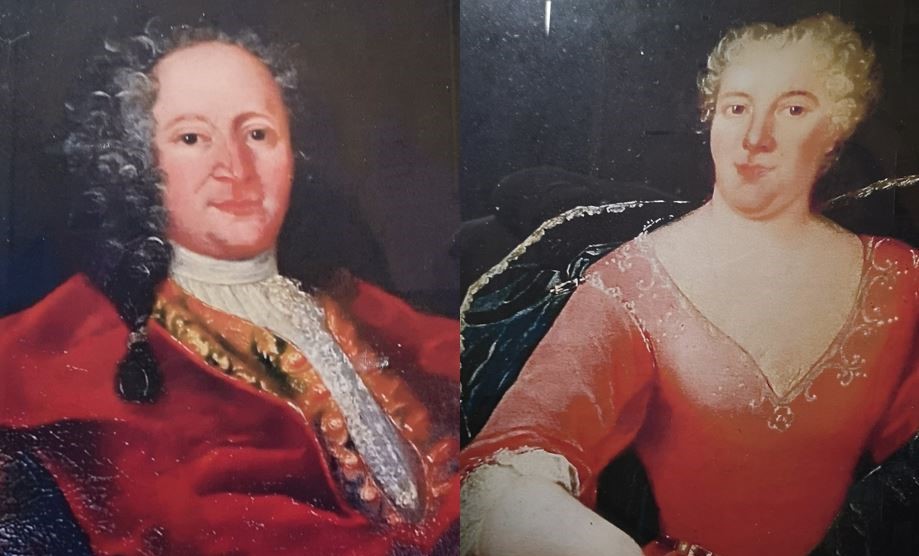
The Château built in the 18th century…
A couple both traditional and modern, Guillaume-François de La Noue, Councillor at the Parliament of Brittany and Master Freemason, and Félicité Meslé de Grandclos, daughter of a wealthy Saint-Malo shipowner, sealed the union of nobility and financial fortune.
Guillaume-François de La Noüe was a page to Louis XV at Versailles, then a Cavalry Officer, Lieutenant of the Marshals of France and Knight of the Holy Sepulchre. In 1776, he married Felicité Meslé de Grandclos. Together, they imagined and built the Château de Bogard as you see it today. To achieve this, they modified the structure of the old manor house (witnessed by the 16th-century tower) and destroyed its buttresses. They then went on to build the present château, inspired by the philosophical ideas of the Age of Enlightenment and Freemasonry.
The site you are visiting has not been modified since.
Evidences of Freemasonry in the 18th century…
Guillaume-François de La Noüe was a Master Freemason. We presume that his wife was as well, at least in her mindset, since lodges were originally male, for approving and financing such a family project ! The entire architecture of Château de Bogard and the surrounding gardens are organized and built according to masonic symbolism. Numerous interior features also reveal this belonging.
Masonic symbolism thus permeates the premises, invisibly to the uninitiated but discreetly obvious to the initiated.
Evidences of Freemasonry in the 18th century…
Guillaume-François de La Noüe was a Master Freemason. We presume that his wife was as well, at least in her mindset, since lodges were originally male, for approving and financing such a family project ! The entire architecture of Château de Bogard and the surrounding gardens are organized and built according to masonic symbolism. Numerous interior features also reveal this belonging.
Masonic symbolism thus permeates the premises, invisibly to the uninitiated but discreetly obvious to the initiated.
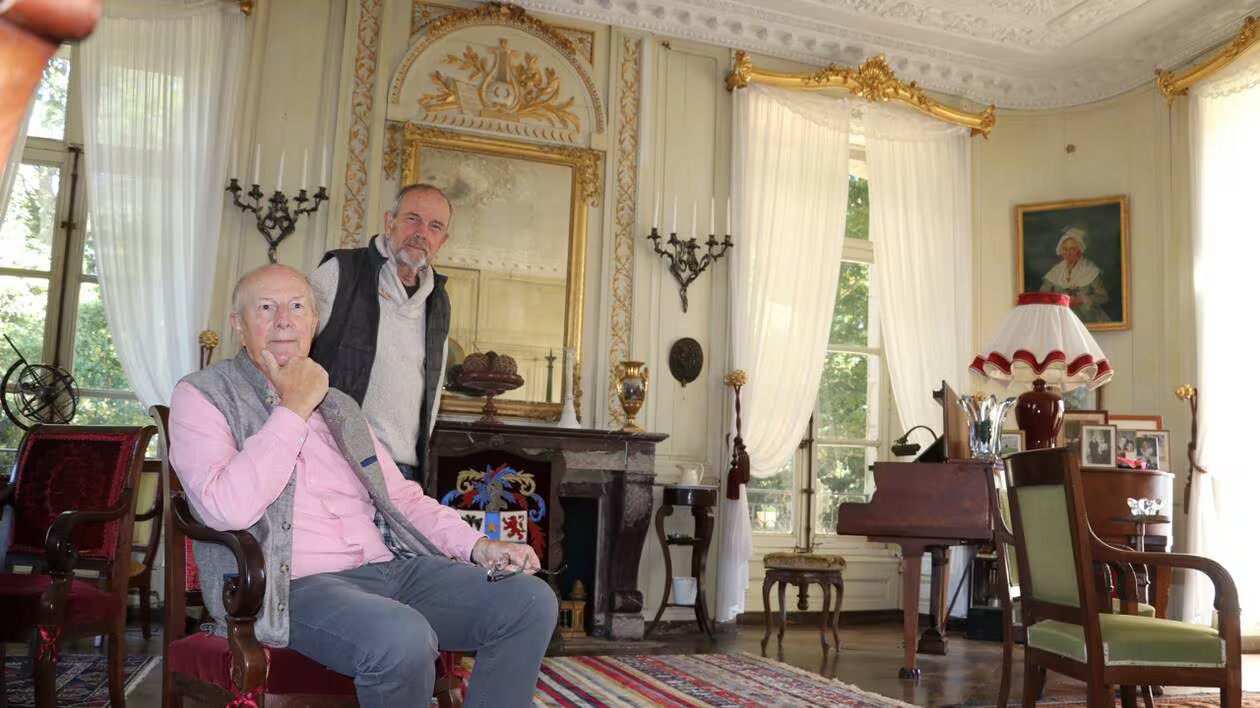
A forgotten story rediscovered by chance in the 20th century…
The Château de Bogard was always inherited from generation to generation within the Bogard family and its successive alliances. In 1960, for the first time in its history, the château was sold as a working farm and bought by the Capelle family.
The De La Noüe couple, who designed and commissioned the château as it stands today, and the hidden meaning of the site’s architecture were lost to history. It was by chance that the Capelle family discovered archives hidden in the attic of the château, revealing a story that had been forgotten for almost 200 years…
Since then, the Capelle family has worked to make this story known, and to restore the Château de Bogard to the splendor it enjoyed in the 18th century.
The Capelle family will receive an honorary diploma and the IESA (Institut des Etudes Supérieures des Arts) prize for their work in restoring this historic heritage. Mr. Baudoin Capelle, current co-owner of Château de Bogard, was awarded of the Arts and Letters Order (Ordre des Arts et des Lettres). He was also elected VMF Regional Delegate for Brittany. Mr. Harald Capelle, also co-owner of the château and a tireless contributor to its restoration, is a member of the Saint-Brieuc Lions Club.
Château de Bogard is a member of the following associations: Historic Rersidences Demeure Historique (DH), Old French HousesVieilles Maisons Françaises (VMF), Association of Parks and Gardens of BrittanyAssociation des Parcs et Jardins de Bretagne (APJB). The property is also part of the Circuit des demeures de parlementaires bretons de l’Ancien Régime.
Château de Bogard is a member of the following associations: Historic Rersidences Demeure Historique (DH), Old French HousesVieilles Maisons Françaises (VMF), Association of Parks and Gardens of BrittanyAssociation des Parcs et Jardins de Bretagne (APJB). The property is also part of the Circuit des demeures de parlementaires bretons de l’Ancien Régime.
To visit the site and learn more about its history, call 06 76 56 88 58 or write to us via the tab
CONTACT
.
Read about the history of the site from the Middle Ages to the present day in the book…
“750 years of history at Bogard
Year of editing 2024
120 pages
multiple color photos
Order from the owners
